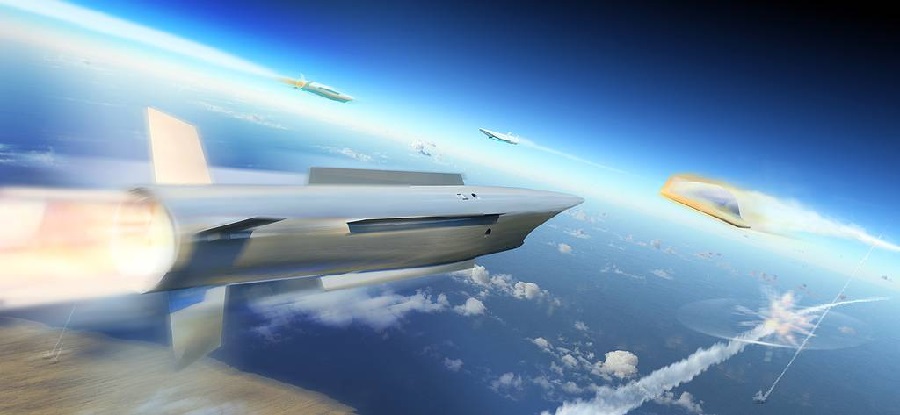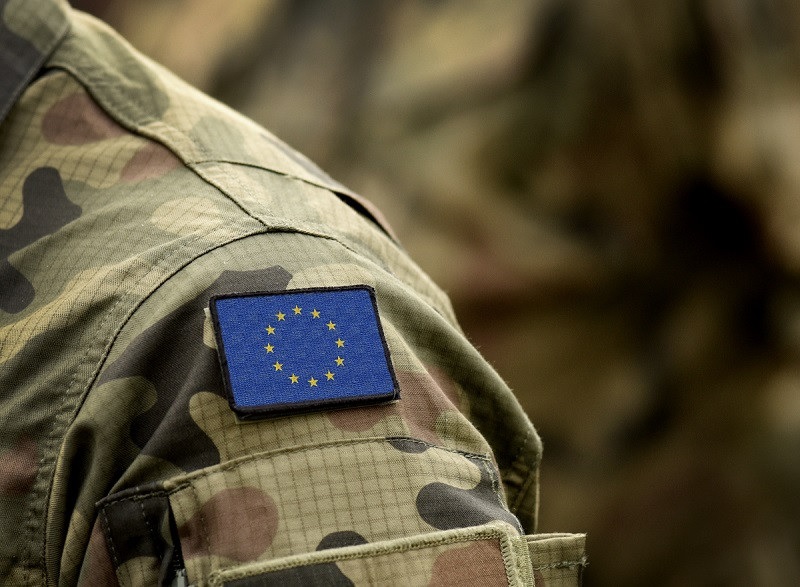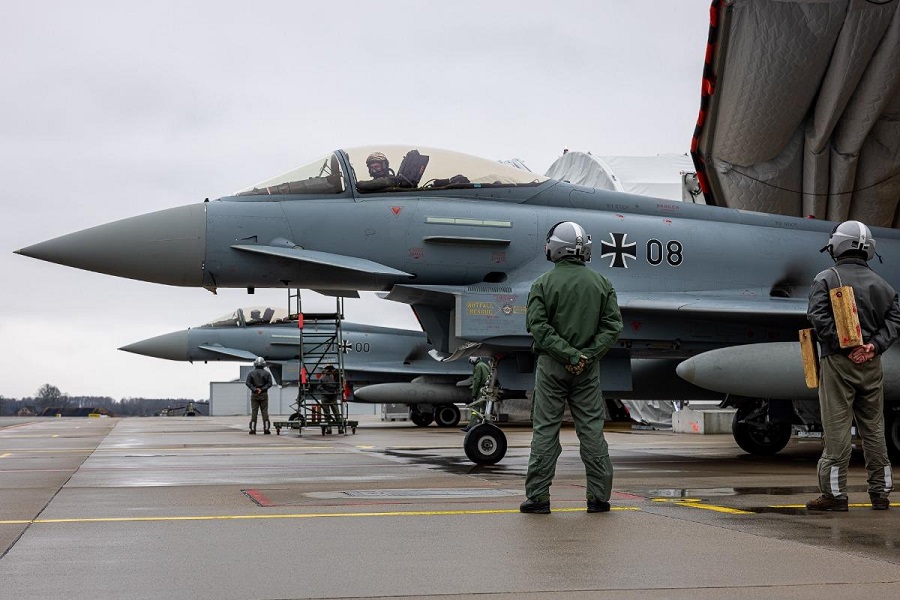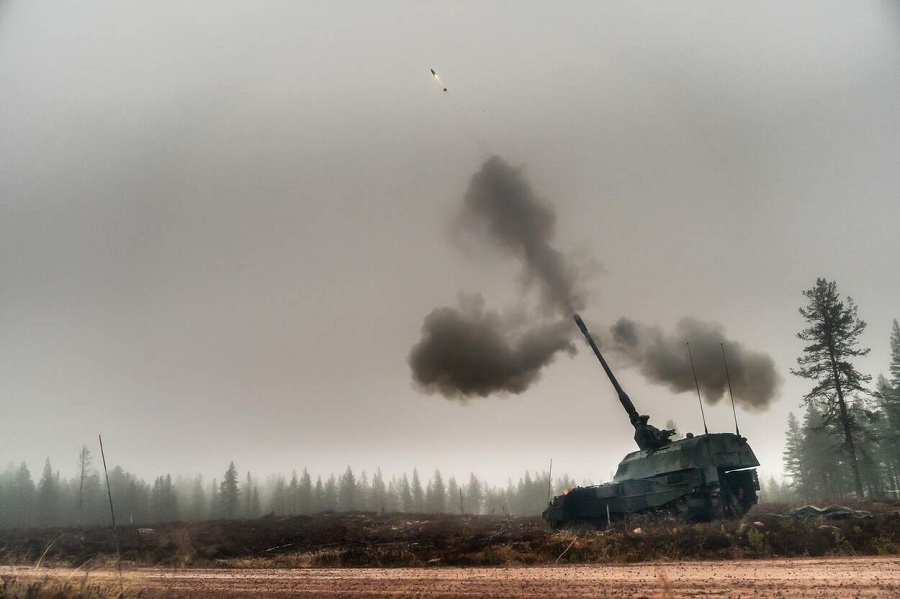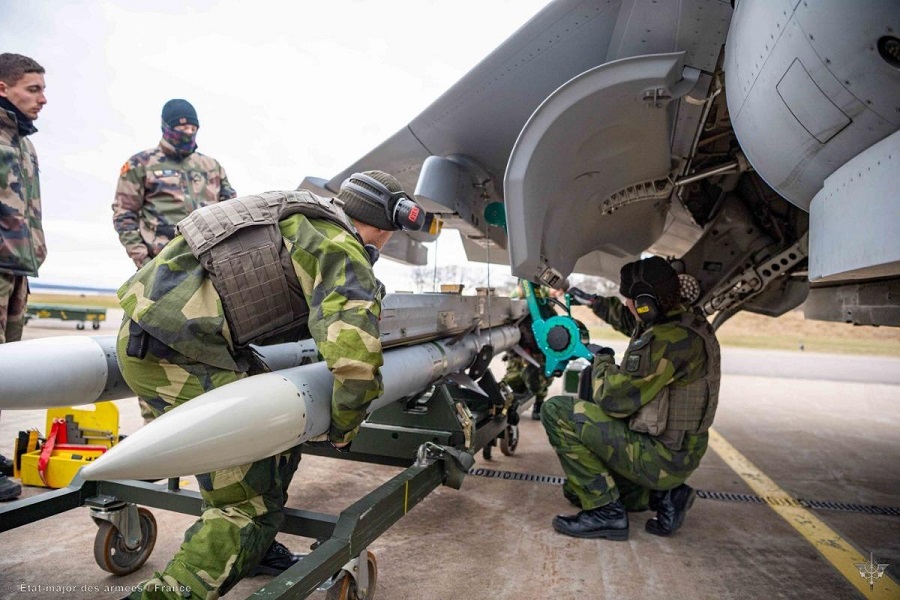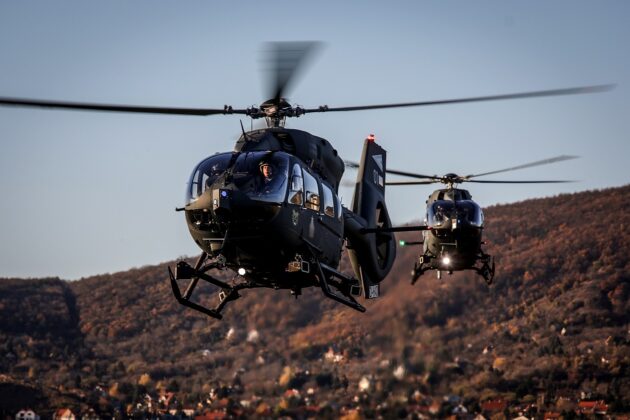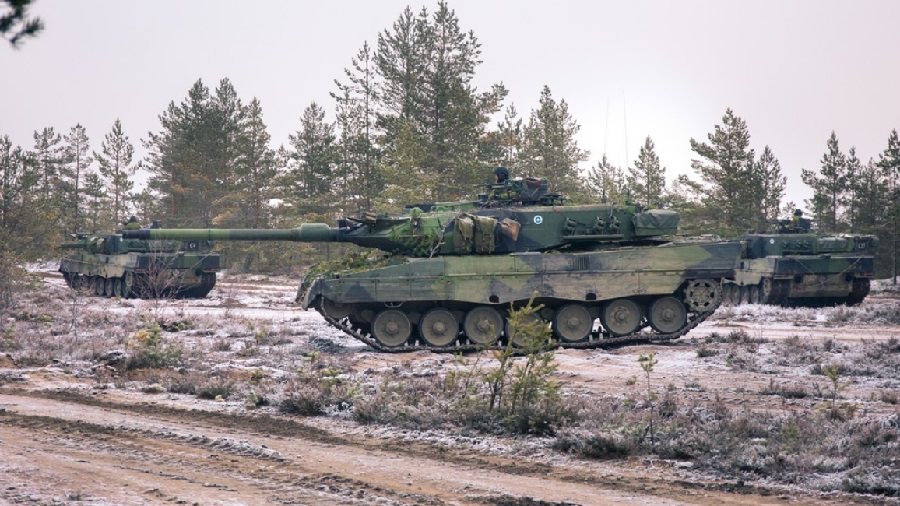Introduction
On the 20th of July 2022, the European Commission finally approved the plans to invest nearly €100 million for the development of the concept phase of the European Hypersonic Defence Interceptor Programme, also known as the EU HYDEF. As war has regretfully returned to the European continent, this €100 million investment is the largest grant in a €1.2 billion investment round in 61 European collaborative defence research and development projects. The programme has a projected duration of 36 months. According to the EDF’s factsheet on the EU HYDEF, the main aim of the project is to develop an adequate European interceptor which is capable of achieving the highest manoeuvrability and capability to respond to high velocity threats from 2035 onwards. As such, it is the goal of the project to result “in the concept, risk mitigation, and demonstration of a cost-effective endo-atmospheric interceptor which will be able to operate in different air levels encompassing new aerodynamic and actuator system for high manoeuvrability, highly agile guidance concepts, and advanced sensor/seeker systems” (EDF, 2022).
The EU HYDEF is closely related to the Permanent Structured Cooperation’s (PESCO) Timely Warning and Interception with Space-based TheatER surveillance (TWISTER) Programme, which “aims at strengthening the ability of Europe to better detect, track, and counter air threats and missiles through a combination of enhanced capabilities for space-based early warning and endo- atmospheric interceptors.” The TWISTER programme is under the coordination of France, in cooperation with Finland, Germany, Italy, the Netherlands, and Spain (PESCO, 2022).
The Contractors
Given the abovementioned leadership of France of the European Union’s TWISTER programme, it is quite remarkable that the renowned French company MBDA, specialised in missile development and first promised the leadership of the project due to already developing its own hypersonic systems, will not be coordinating the project. Instead, Spanish company Sener Aeroespacial Sociedad Anonima will coordinate the development of the EU HYDEF in close conjunction with Germany’s Diehl Defence GmbH & Co. KG, that will serve as the technical lead of the project (Hernandez, 2022).
In the development of the concept phase of the EU HYDEF, they will be joined by a series of other companies from Spain (Escribano Mechanical and Engineering SL, GMV Aerospace and Defence SA, Instalaza S.A., the National Institute for Aerospace Technology, and Navantia S.A.), Poland (Instytut Techniczny Wojsk Lotniczych and the Warsaw Institute of Aviation), the Czech Republic (L.K. Engineering SRO), Norway (Nammo Raufoss AS), Sweden (RUAG Space AB), and Belgium (Société Nationale de Construction Aérospatiale SA) (EDF, 2022).
Hypersonic Weapons and Interceptors – A Definition
Hypersonic weapons can be defined as those armed vehicles that have the ability to fly faster than five times the speed of sound, also known as Mach 5, and for long distances, using the lift from the atmosphere to have the capability to manoeuvre (Wright & Tracy, 2021). There are currently three types of hypersonic missiles: aero-ballistic missiles, glide vehicles, and cruise missiles. Aero-ballistic missiles are most commonly used in modern warfare. They are dropped from an aircraft and are then accelerated to hypersonic speeds through a rocket booster. Thereafter, they follow a ballistic trajectory. Hypersonic glide vehicles (HGVs) are less common as they are very costly. HGVs are missiles that are boosted on a rocket to an extremely high altitude, whereafter they glide to the intended target, being able to manoeuvre along the way. Due to this high manoeuvrability, it is very hard for conventional missile interceptor systems to destroy these missiles before impact. The third category, namely the category of hypersonic cruise missiles, is still under development. These missiles are first boosted by a rocket to hypersonic speeds and then have the capability to sustain that speed throughout their flight using an air-breathing system (Boyd, 2022). Hypersonic weapons, and especially the already developed but very costly HGVs, are very hard to defend against and shoot down. They have the capability to fly deep within the atmosphere, using the already mentioned lift generated by the airflow to manoeuvre to try and evade normal interceptors. As they have the ability to approach at very low altitudes and at extremely high speeds, they can avoid detection by ground-based radar systems until very close to their target, therefore making them very difficult to stop (Wright & Tracy, 2021). As such, new interceptors that are able to effectively combat this type of hypersonic weapons are increasingly in demand.
The Need For The EU HYDEF – The Russian Hypersonic Threat
It does not come as a surprise that the European Union’s initiative comes at a time when war in on the European continent has returned. The Russian Federation’s invasion of Ukraine has proven Russia’s eagerness to demonstrate its “military prowess” to the rest of the world. Already in 2018, Russian President Vladimir Putin claimed in a speech that his country possessed hypersonic weapons (Wamsley, 2018). In March 2022, it deployed its hypersonic “Kinzhal” missiles in Ukraine with the intend to destroy an underground warehouse for missiles and aviation ammunition in the western part of Ukraine (Sokol, 2022). However, according to the Center for Strategic and International Studies, “Russia’s designation of the Kinzhal as a hypersonic missile is somewhat misleading, as nearly all ballistic missiles reach hypersonic speeds (speeds above Mach 5) at some point during their flight.” (Center for Strategic and International Studies, 2018).
In contrast to the Kinzhal missiles, the Russians have another more advanced hypersonic missile system of the second category. This HGV is currently known as the “Avangard”, which has raised much more concern from Western officials. According to the Russian President Vladimir Putin and the Russian military staff, “the weapon is capable of performing sharp manoeuvres on its way to targets making it absolutely invulnerable for any missile defence system” (National Post Staff, 2018). While this HGV has not been deployed in a real combat situation, it has been repeatedly tested and has officially entered combat duty as a regiment of the Russian armed forces.
Conclusion
Faced with the increased threat of Russian hypersonic missiles, ranging from hypersonic weapons from the first category to more dangerous weapons from the second category, the European Union was wise to award a defence grant of €100 million euros to the EU HYDEF. The development of an advanced missile interceptor system to counter the threat of increased Russian aggression and expansionist ideas on the European continent will be invaluable to defend Europe, but also to project the European Union’s values abroad. The broad range of companies that are included in the development of the concept phase of the EU HYDEF will demonstrate a united Europe with the capability to work together in defence related matters.
This article was originally published by Finabel – European Army Interoperability Centre. Click here to visit Finabel’s website.
Bibliography
Boyd, I. (2022, April, 18). How Hypersonic Missiles Work and the Significant Threats They Pose. Retrieved from: https://scitechdaily.com/how-hypersonic-missiles-work-and-the-significant-threats-
they-pose/.
Center for Strategic and International Studies. (2022, March, 19). Missile Defense Project, “Kh-47M2 Kinzhal”. Retrieved from: https://missilethreat.csis.org/missile/kinzhal/.
European Defence Fund. (2021, June, 30). EU HYDEF. Retrieved from: https://defence-industry-space.ec.europa.eu/system/files/2022-07/Factsheet_EDF21_EU%20HYDEF.pdf.
Hernandez, J. (2022, July, 27). Hypersonic: the resounding slap from Brussels to France and MBDA. Retrieved from: https://francetv.space/hypersonic-the-resounding-slap-from-brussels-to-france-and-mbda/.
National Post Staff. (2018, March, 1). Introducing ‘Avangard’ and ‘Sarmat’: Putin shows off new hypersonic, nuclear missiles. Retrieved from: https://nationalpost.com/news/world/introducing-the-avangard-hypersonic-missile-a-look-inside-putins-new-high-tech-arsenal.
Permanent Structured Cooperation (PESCO). (2022, September, 9). The Timely Warning and Interception with Space-based TheatER surveillance (Twister). Retrieved from: https://www.pesco.europa.eu/project/timely-warning-and-interception-with-space-based-theater-surveillance-twister/.
Sokol, L. (2022, April, 7). Russia’s Kinzhal Hypersonic Missile: A Game-Changing Weapon or a Distraction?. Retrieved from: https://www.nti.org/atomic-pulse/russias-kinzhal-hypersonic-missile-a-game-changing-weapon-or-a-distraction/.
Wamsley, L. (2018, March, 1). Putin Says Russia Has New Nuclear Weapons That Can’t Be Intercepted. Retrieved from https://www.npr.org/sections/thetwo-way/2018/03/01/589830396/putin-says-russia-has-nuclear-powered-missiles-that-cant-be-intercepted.
Wright, D. & Tracy, C. (2021, August, 1). The Physics and Hype of Hypersonic Weapons. Retrieved from: https://www.scientificamerican.com/article/the-physics-and-hype-of-hypersonic-weapons/.



